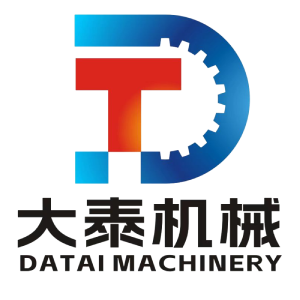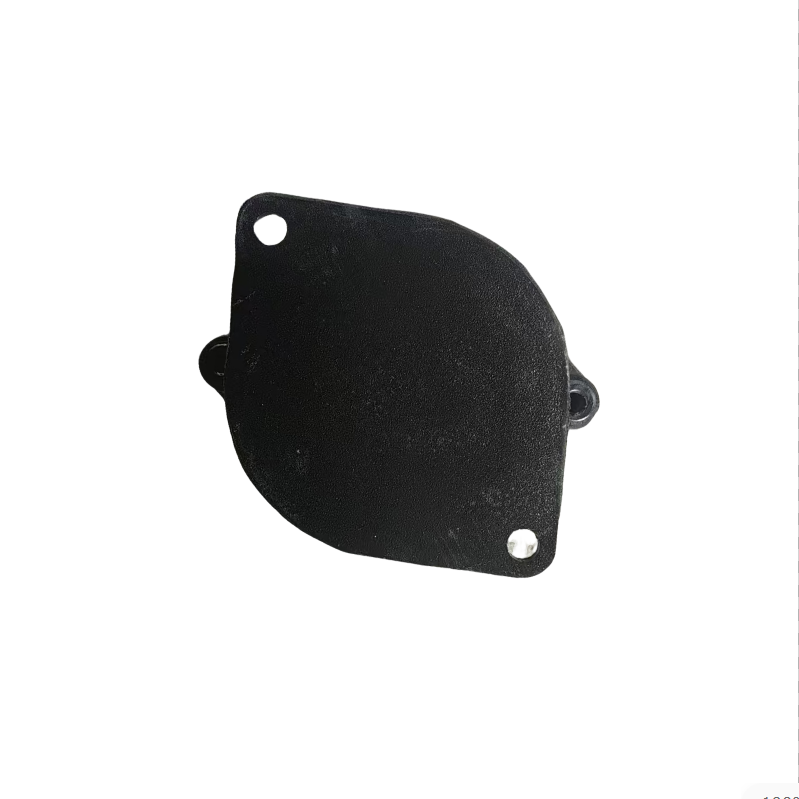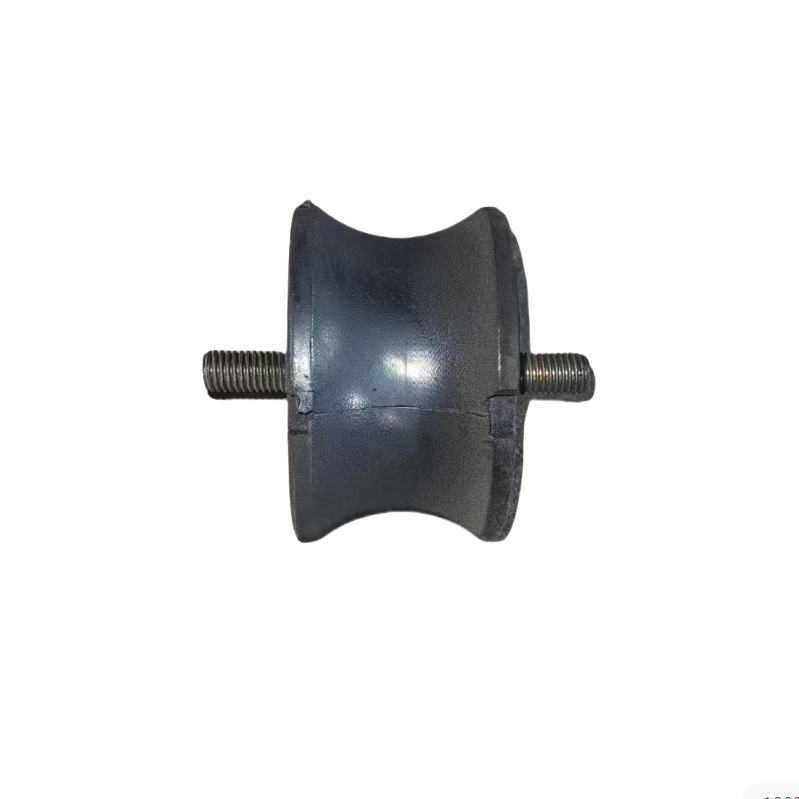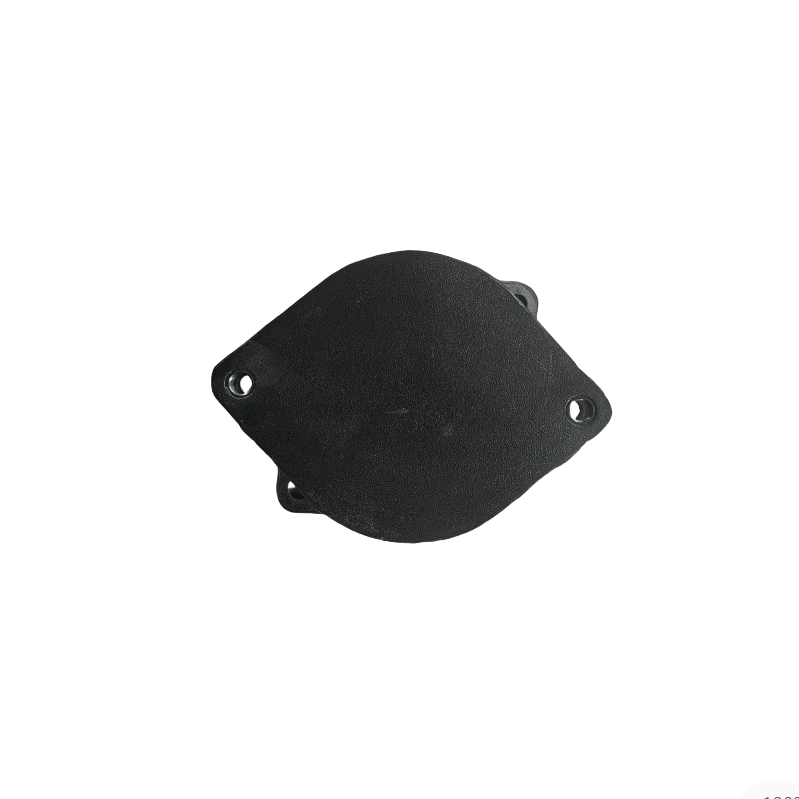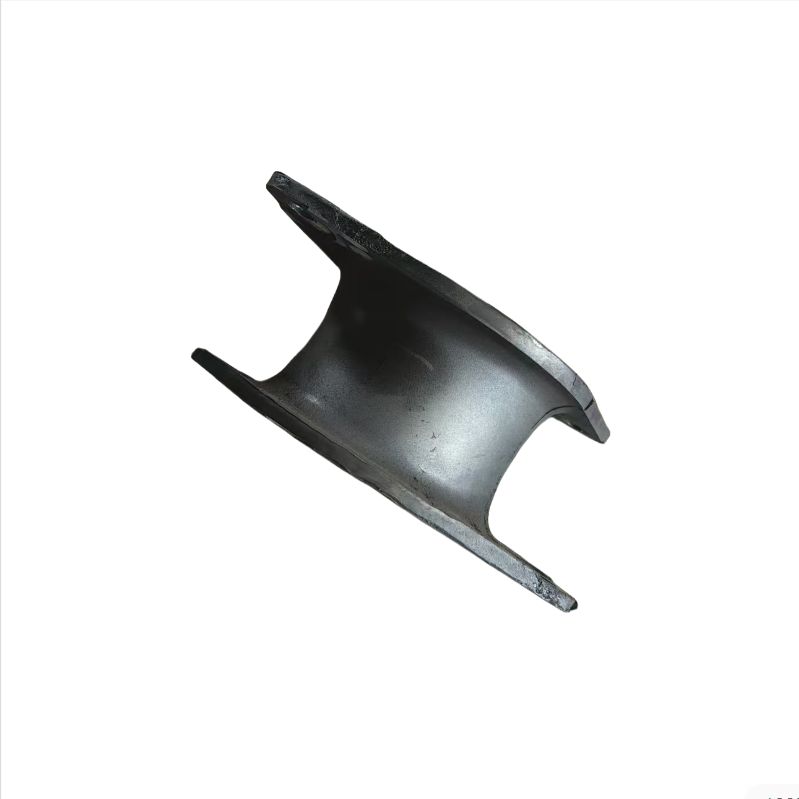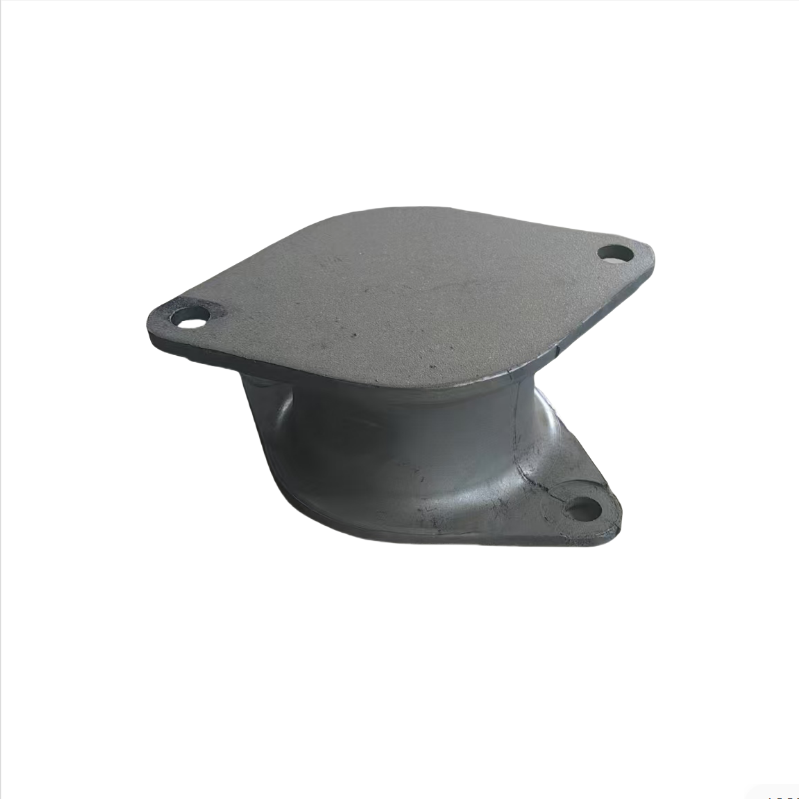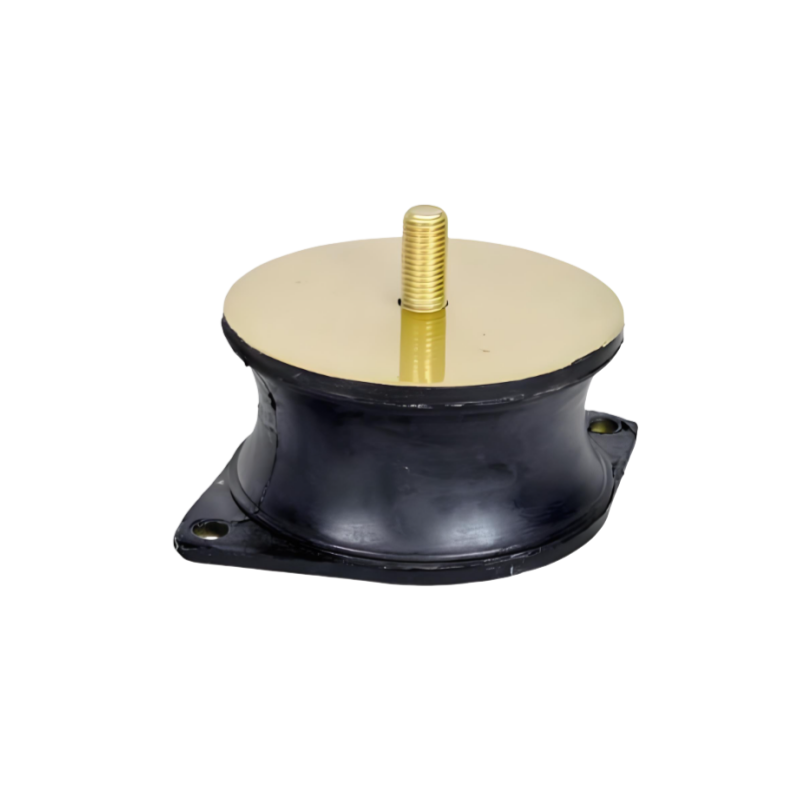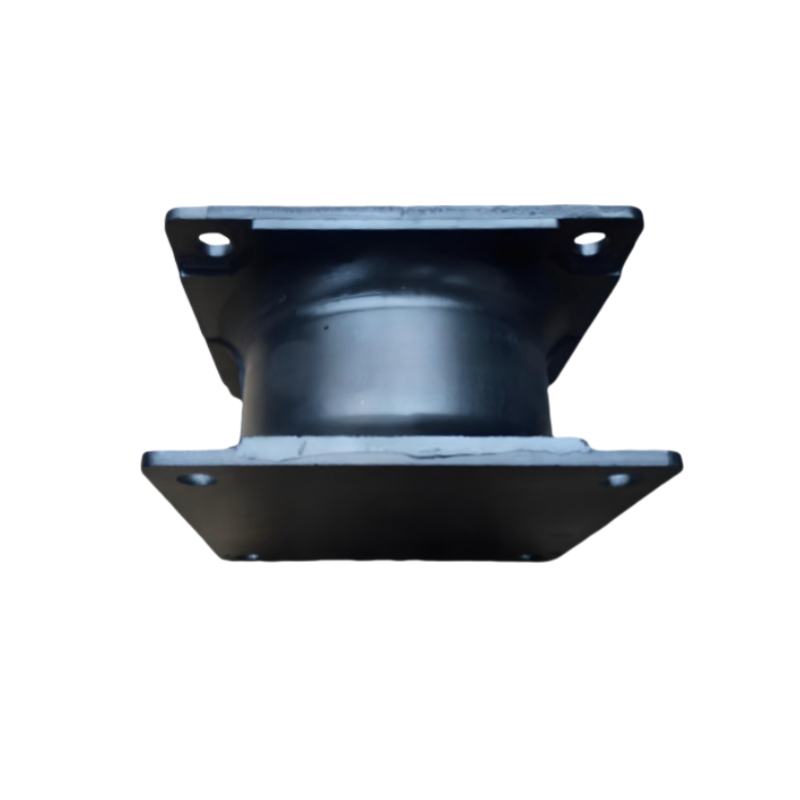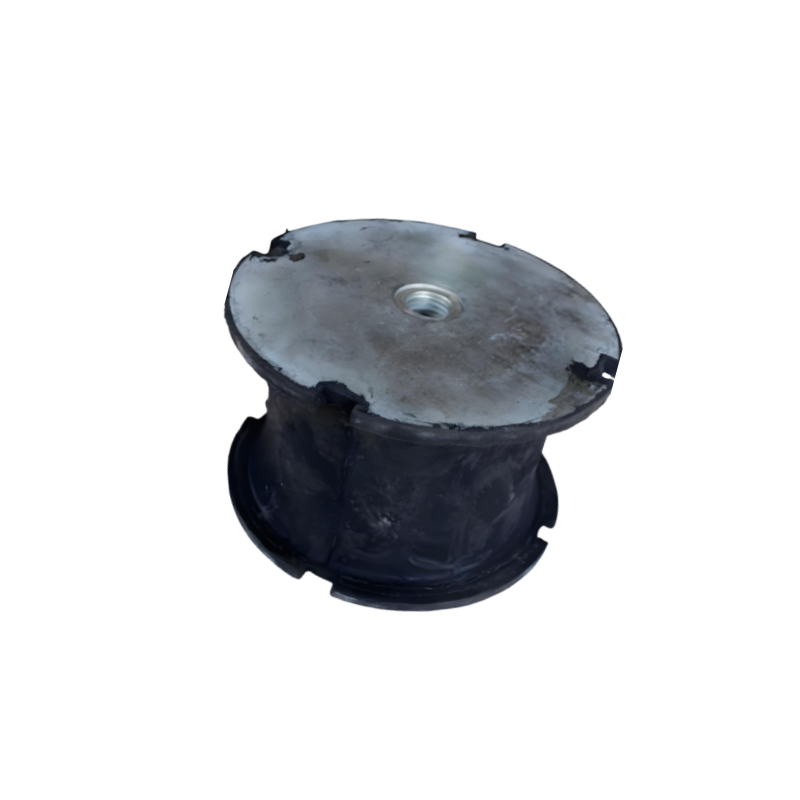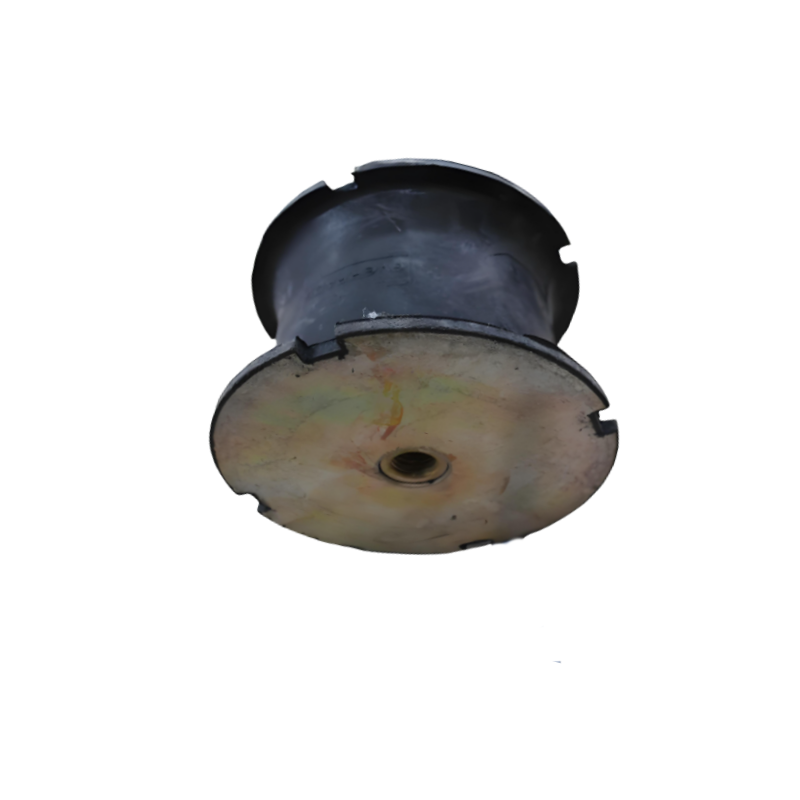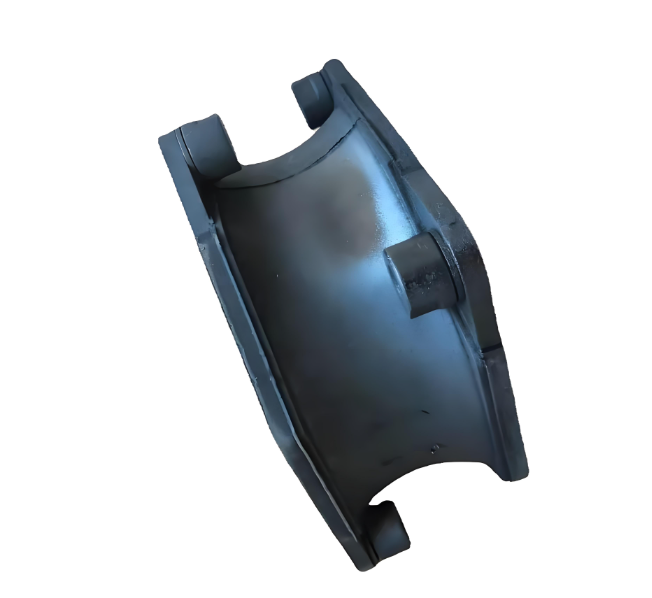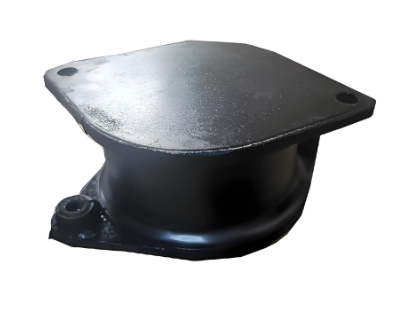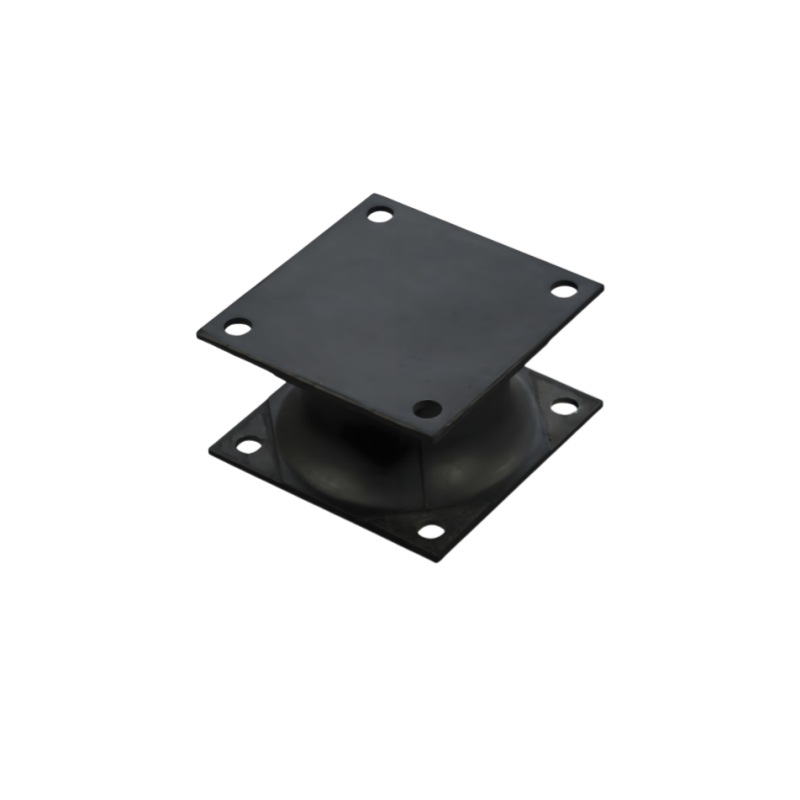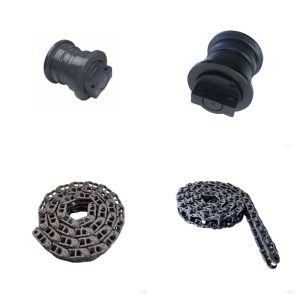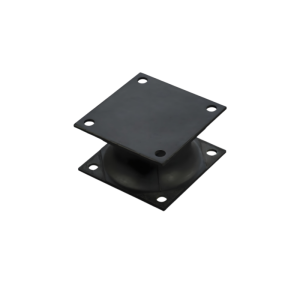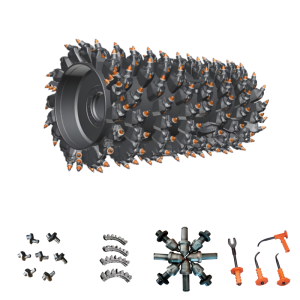- La función de los amortiguadores
Reduce la transmisión de vibraciones: aísla la vibración de alta frecuencia de la rueda de vibración del rodillo, evita la transmisión de vibraciones a la carrocería o a la cabina y protege la estructura del equipo y los componentes electrónicos.
Mejorar el confort operativo: reducir las vibraciones y el ruido que experimenta el conductor, y minimizar la fatiga.
Prolongue la vida útil de los equipos: Reduzca el impacto de las vibraciones en componentes como la carrocería, los rodamientos y el sistema hidráulico, y minimice el desgaste. - Tipos comunes
Las compuertas de rodillo pueden dividirse en las siguientes categorías en función de su diseño y principios de funcionamiento:
(1) Amortiguador de goma
Material: Fabricado en caucho de alta elasticidad o poliuretano.
Características: Estructura simple, bajo coste, resistencia a la corrosión, pero propenso al envejecimiento después de un uso prolongado.
Aplicación: Rodillos pequeños o escenarios de vibración de baja frecuencia. - Lugar de instalación
Entre la rueda vibratoria y el bastidor: aísla las vibraciones de alta frecuencia de la rueda vibratoria.
Base de la cabina: reduce las vibraciones transmitidas al operador.
Soporte del motor: reduce el impacto de las vibraciones del motor en el fuselaje. - Puntos clave de la selección
Capacidad de carga: Es necesario adecuar el peso y la intensidad de vibración del rodillo.
Gama de frecuencias: Elija el tipo adecuado en función de la frecuencia de vibración (como la selección de amortiguadores hidráulicos para vibraciones de alta frecuencia).
Adaptabilidad medioambiental: Hay que tener en cuenta la temperatura, la humedad y la corrosividad (como los materiales resistentes a la niebla salina necesarios para las operaciones junto al mar).
Coste de mantenimiento: Las piezas de goma deben sustituirse periódicamente y hay que comprobar la estanqueidad de los amortiguadores hidráulicos. - Mantenimiento y resolución de problemas
Inspección periódica: Observe si el amortiguador presenta grietas, fugas de aceite (tipo hidráulico) o deformaciones.
Limpieza y mantenimiento: Elimine la suciedad superficial y las manchas de aceite para evitar el envejecimiento del caucho.
Norma de sustitución: Si el efecto de absorción de impactos disminuye significativamente o hay ruido anormal, debe ser reemplazado de manera oportuna.
Defectos comunes:
Envejecimiento del caucho: se manifiesta como agrietamiento y endurecimiento.
Fuga hidráulica: La fuerza de amortiguación ha disminuido y es necesario sustituir la junta o el conjunto.
